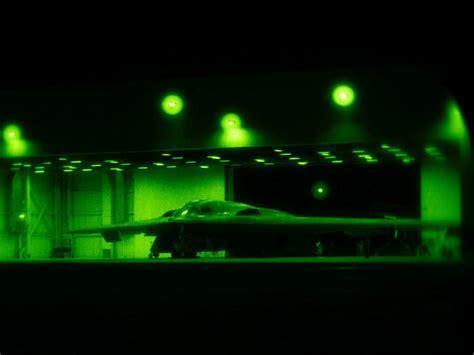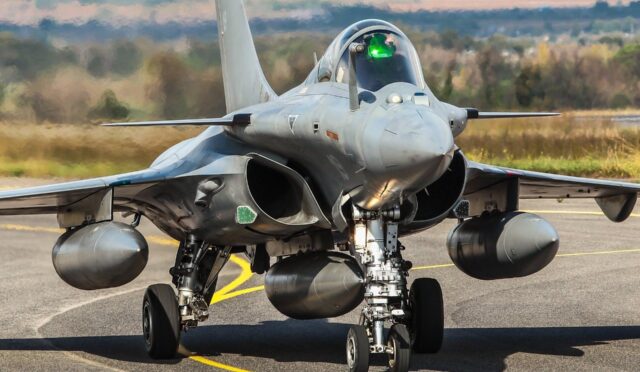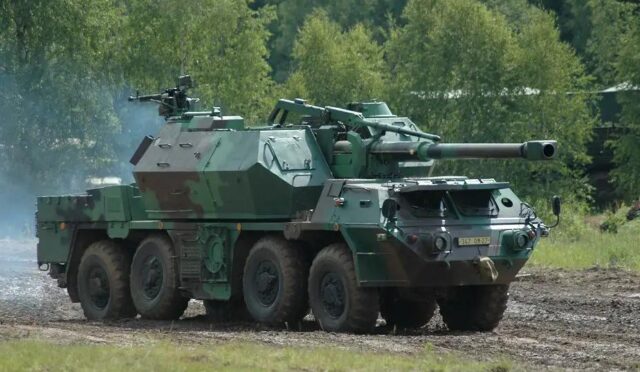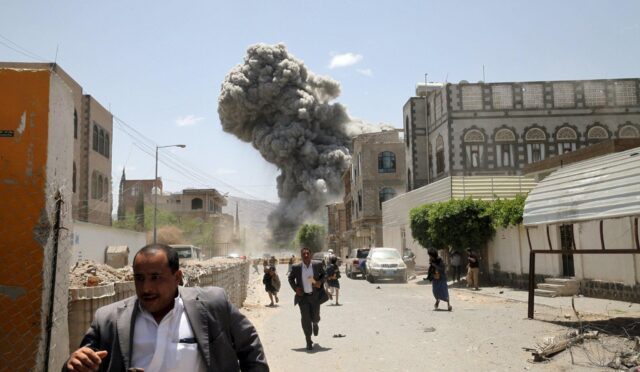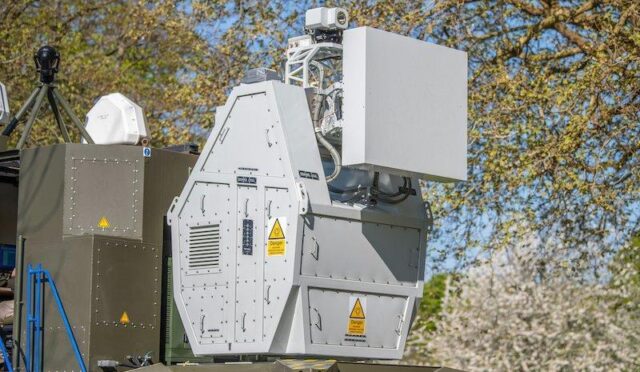SPECTRA Electronic Warfare System: Key Upgrade Needed
A significant debate has arisen concerning the SPECTRA electronic warfare system utilized on the Rafale fighter jet, particularly following recent military confrontations between India and Pakistan. Marc Chavent, a member of the French Parliament, has formally addressed his concerns regarding the system’s performance in a written inquiry directed to the Ministry for Europe and Foreign Affairs. He referenced insights from American analysts and intelligence shared by NATO partners, claiming that the Thales-engineered SPECTRA system failed to detect or jam a PL-15E air-to-air missile, which was launched by a Pakistani J-10C aircraft equipped with KLJ-10A AESA radar.
Chavent’s observations highlight a crucial strategic issue raised during the engagements, which occurred in early May. He pointed out that the SPECTRA system seemingly did not detect or counter an engagement using frequencies standard to low probability of intercept radars. This failure is underscored by reports from reliable sources, including CNN, which cited a top French intelligence official indicating that at least one Indian Air Force Rafale was shot down during these clashes. While the Indian authorities acknowledged losses of some aerial platforms, they have been cautious in confirming whether Rafales were among them. This incident could mark the first recorded combat loss of a Rafale, an alarming prospect for French military technology.
The Need for Upgraded SPECTRA
Given the potential vulnerabilities exposed, Marc Chavent is proactively questioning whether the upcoming Rafale F5 variant will incorporate an enhanced SPECTRA suite. This upgrade is crucial to ensure that the system can effectively counter sophisticated active electronically scanned array radars and guided missiles. The F5 variant is anticipated to enter full-scale development from 2026 to 2027, bringing new capabilities such as crewed-uncrewed operational synergy and integration of next-generation arsenal. This aircraft is projected to remain relevant until at least 2060, promising enhancements including conformal tanks and radar cross-section reduction kits.
Additionally, Chavent has raised the possibility of developing a dedicated electronic warfare version of the Rafale, analogous to the US Navy’s EA-18G Growler, specifically designed for Suppression and Destruction of Enemy Air Defenses (SEAD/DEAD) missions. This proposition is becoming increasingly crucial as Chinese fifth-generation aircraft such as the J-20, alongside potentially the FC-31, are in development and could soon be operational in the Indo-Pacific region, introducing a leap in capabilities regarding stealth, sensor fusion, and electronic warfare.
Understanding SPECTRA
The SPECTRA electronic warfare system, spearheaded by Thales and MBDA, is engineered to provide Rafale aircraft with long-range detection and precise identification of various threats, including infrared, electromagnetic, and laser-based. This sophisticated defensive suite is equipped with radar warning receivers, missile and laser warning systems, phased array jammers, and decoy dispensers, enhancing the aircraft’s defensive capabilities significantly. Furthermore, it provides a dedicated management unit that plays a vital role in data fusion and timely reaction to threats.
The ongoing discussions about potential upgrades and adaptations of the SPECTRA system reflect a broader concern for the future readiness of French defense technology. As adversarial capabilities evolve, maintaining superiority in electronic warfare and overall combat efficiency remains paramount. Enhancements to systems such as SPECTRA are not merely technical upgrades but are essential steps in preserving strategic advantage in a rapidly changing global defense landscape.


